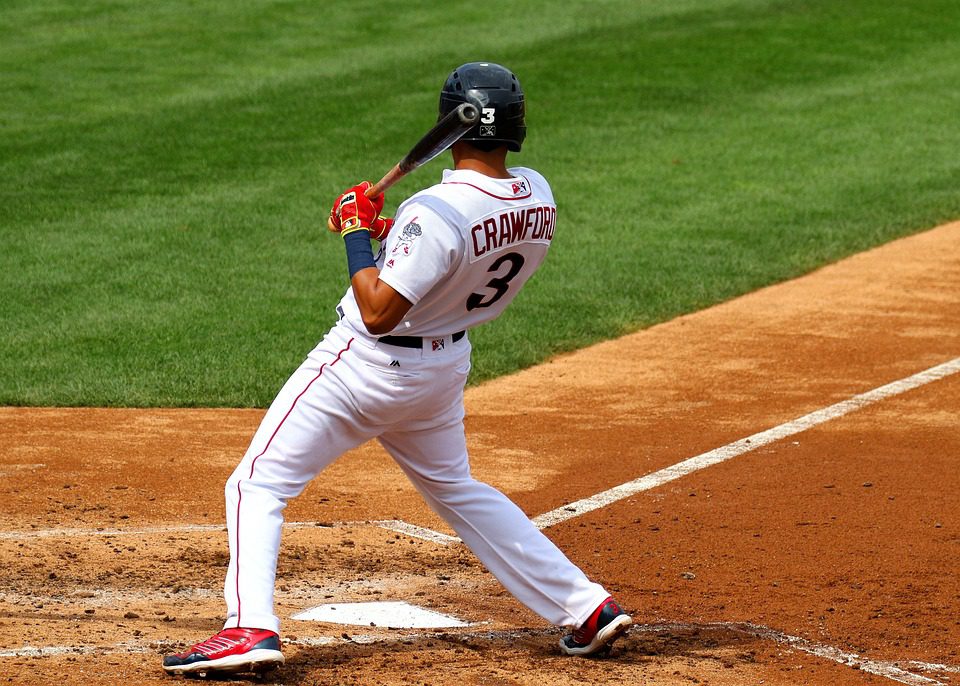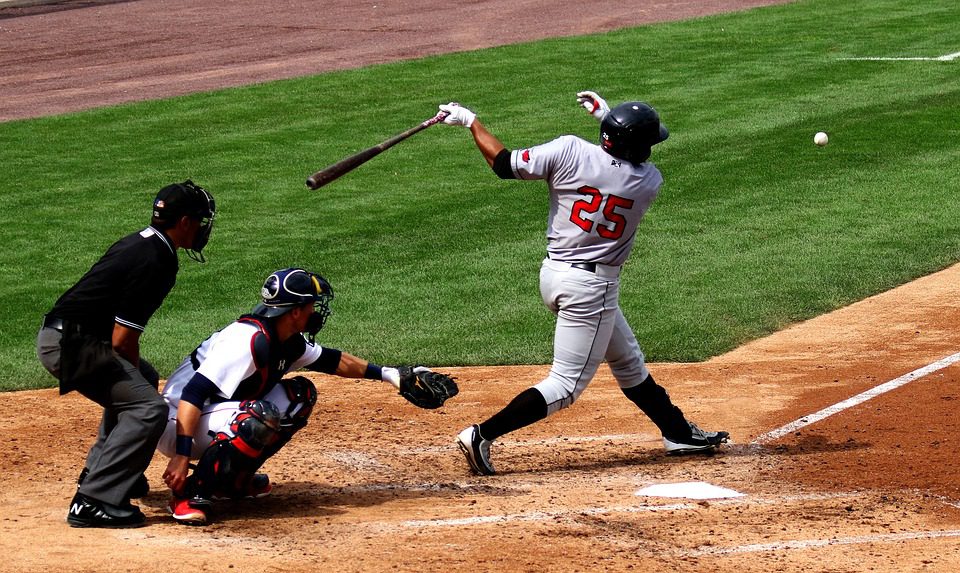In baseball, a single swing of the bat can change everything. Hits are the heart of the game, sparking action and driving excitement. But what exactly is a hit, and why is it so crucial to every play? Whether you’re new to the sport or a long-time fan, understanding hits can unlock a deeper appreciation of the game. From boosting a player’s stats to creating thrilling moments, hits are what keep the scoreboard moving. Ready to level up your baseball knowledge and dive into the world of hits? Let’s get started!
Definition of a Hit in Baseball
In baseball, a “hit” happens when a batter strikes the ball and successfully reaches at least first base without the other team making an error or recording an out. Simply put, it’s when the player hits the ball into the field, and no one catches it or throws them out.
A hit is one of the most important parts of the game because it helps the team move runners around the bases and score runs. Hits show how well a player can make contact with the ball and put it in play. Every time a batter gets a hit, their team has a chance to score, and the player’s stats improve.
It’s important to know that not every time a batter hits the ball, it’s considered a “hit.” If the defense makes a mistake, like dropping the ball or throwing it poorly, the batter might get on base, but that’s called an “error” instead. Hits only count when the player reaches base due to their own skill.
Understanding what a hit is and how it works is essential for anyone learning baseball. It’s a fundamental part of how the game is played and scored, and it makes the sport more exciting as you cheer for your favorite players and teams!
Types of Hits in Baseball

In baseball, there are several types of hits, and each one can have a different impact on the game. Understanding these different hits can help you appreciate the strategies players use to score runs and win games.
Single
A single happens when a batter hits the ball and makes it safely to first base. It’s the most common type of hit in baseball. A single may not seem like much, but it’s very important because it gives the team a chance to move runners and create scoring opportunities. Many teams build their strategy around getting singles to put pressure on the defense and advance runners.
Double
A double is when the batter hits the ball and safely reaches second base. Doubles are more powerful than singles because they allow the batter to get into scoring position right away. If there’s already a runner on base, a double can often lead to a run, making it a key hit in many games.
Triple
A triple is when the batter reaches third base after hitting the ball. Triples are rare but very exciting because the batter has to be fast and hit the ball to a part of the field that’s hard to defend. A triple puts the batter just one base away from scoring, which adds a lot of pressure on the opposing team.
Home Run
A home run is the most thrilling hit in baseball. It happens when the batter hits the ball out of the field, allowing them to round all the bases and score a run. If there are other runners on base, they also score. Home runs can change the entire game because they can bring in multiple runs with one swing. This is why home run hitters are some of the most celebrated players in baseball.
By knowing these different types of hits, you’ll have a better understanding of how players contribute to their team’s success.
Read: What is OPS in Baseball
The Importance of Hits in Baseball Statistics
Hits are not just exciting moments in a game; they play a key role in baseball statistics. Players are often judged by how many hits they get, and teams rely on hits to score runs and win games. Here’s why hits matter so much:
Batting Average
A player’s batting average shows how often they get a hit when they come up to bat. It’s one of the main stats used to measure a player’s success. For example, if a player has a .300 batting average, it means they get a hit 30% of the time. A higher batting average usually means a player is doing a great job at getting on base and helping the team.
On-Base Percentage
Hits also contribute to a player’s on-base percentage (OBP), which measures how often a player gets on base through hits, walks, or being hit by a pitch. A higher OBP means a player is giving their team more chances to score. This is why hits are so valuable—they increase a player’s OBP and help keep innings alive.
Slugging Percentage
Slugging percentage looks at the power of a player’s hits. Not all hits are equal—doubles, triples, and home runs are worth more than singles. A higher slugging percentage means a player is hitting the ball harder and creating more opportunities to score multiple runs. Players with high slugging percentages are often the ones who can change the game with one swing.
Hit Streaks and Player Value
When a player consistently gets hits in multiple games, it’s called a hit streak. Hit streaks are a sign of a reliable hitter who can help the team win over time. Players with long hit streaks become more valuable, and their performance can boost a team’s chances of success in the season.
Hits are the foundation of a strong offensive game in baseball. They drive individual performance and help teams put points on the board.
Common Situations Involving Hits
Hits can happen in many different game situations, and each one can change the outcome of a game. Understanding these key moments will help you see how hits are used to score runs and win games.
Runners on Base
When there are runners on base, hits become even more important. A well-timed hit can move runners to the next base or even bring them home to score a run. For example, if a runner is on second base and the batter hits a single, the runner may have a good chance to score. These moments can be game-changing, especially in close matches.
Scoring Opportunities
Hits create scoring opportunities. The more hits a team gets, the more chances they have to score. Teams often aim to “string hits together,” meaning they want multiple players to get hits in a row. This helps move runners around the bases and puts pressure on the opposing team’s defense.
Late Game Hits
Hits in the later innings of a game can be especially crucial. In close games, a hit in the 8th or 9th inning can decide the winner. These moments are often tense, and players who deliver hits under pressure are highly valued by their teams.
Read: Is Baseball Dangerous?
Defensive Shifts
Sometimes, teams use a defensive strategy called a “shift,” where they position their fielders based on where a batter usually hits the ball. In these situations, the batter’s ability to hit the ball where the defenders aren’t can be key to getting a hit. Knowing how to “hit against the shift” is a skill many top players develop to stay successful.
Understanding how hits affect the game in different situations helps you see the strategy behind every play. Whether it’s moving runners or delivering a clutch hit in a tight game, hits are the driving force behind baseball’s most exciting moments.

